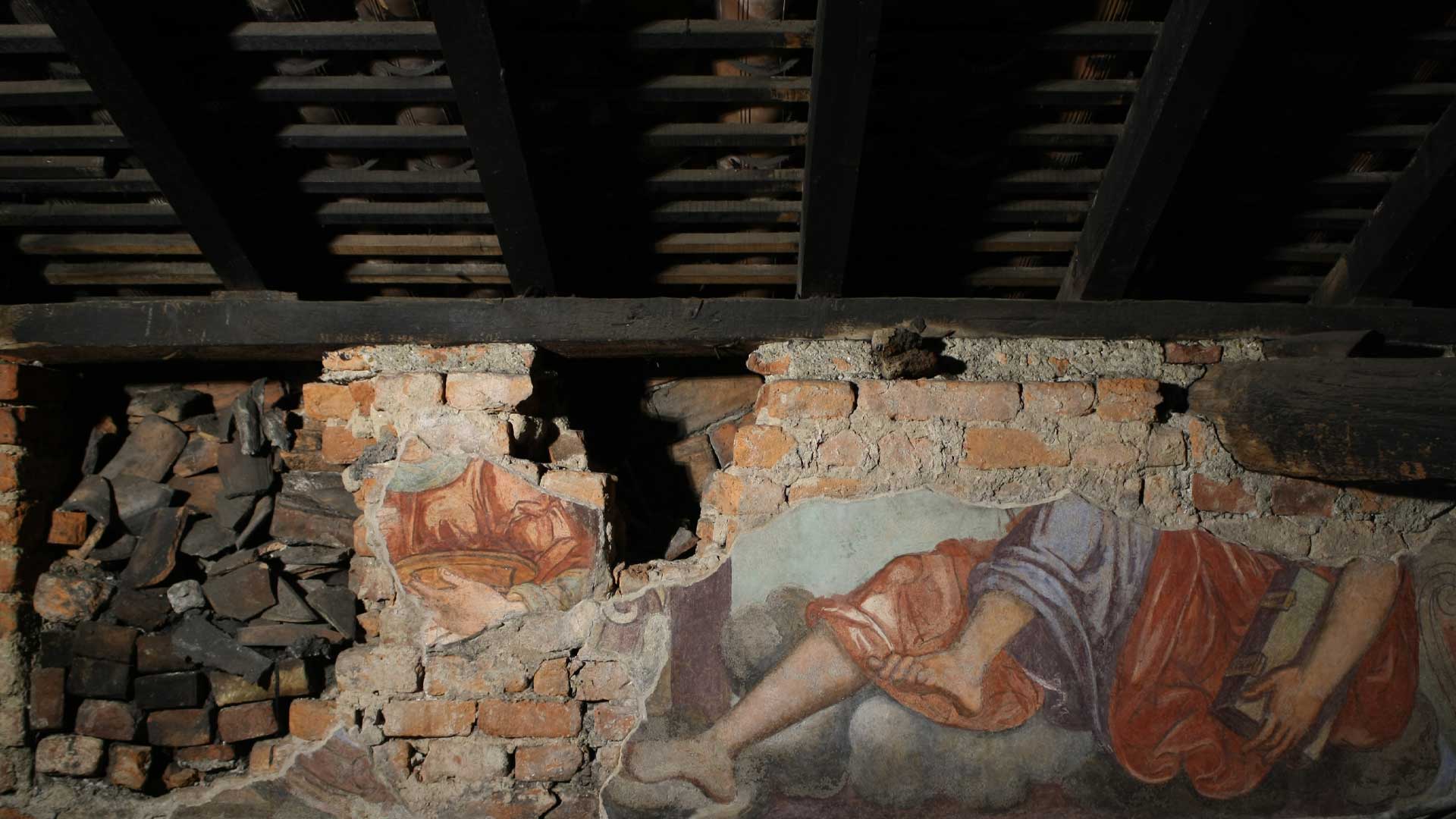In the Province of Lombardy, which in those days covered a larger territory, comprising what is now Emilia and the Triveneto,
the courts of the Inquisition were entrusted to the order of the Dominican friars.
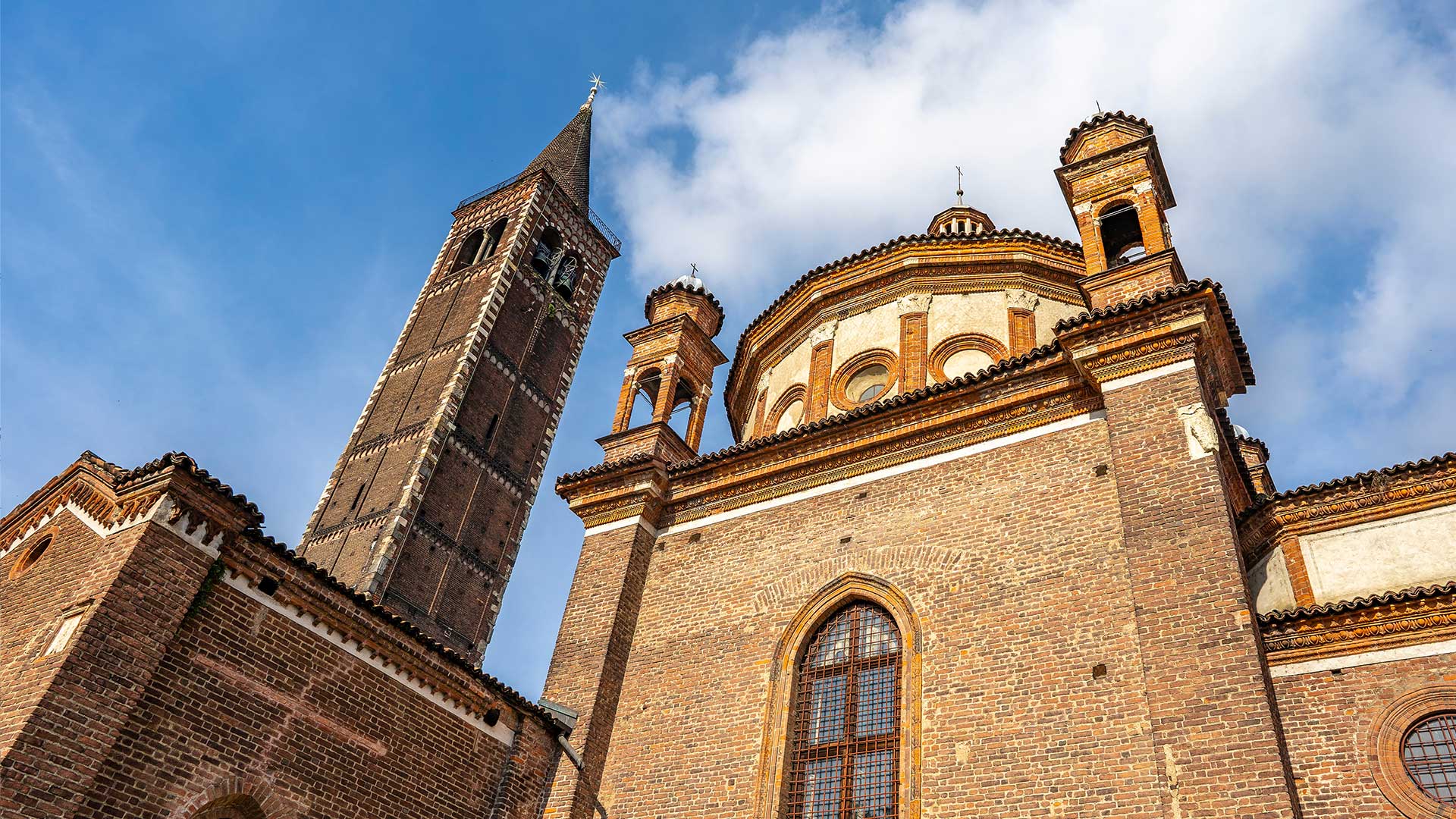
In 1558, a year when the intense repression was extended to bishops suspected
of sympathising with Luther’s Reformation, the Inquisition’s headquarters in Milan
were moved to Santa Maria delle Grazie on the initiative of the Dominican friar Michele Ghislieri,
Supreme Inquisitor and future Pope Pius V.

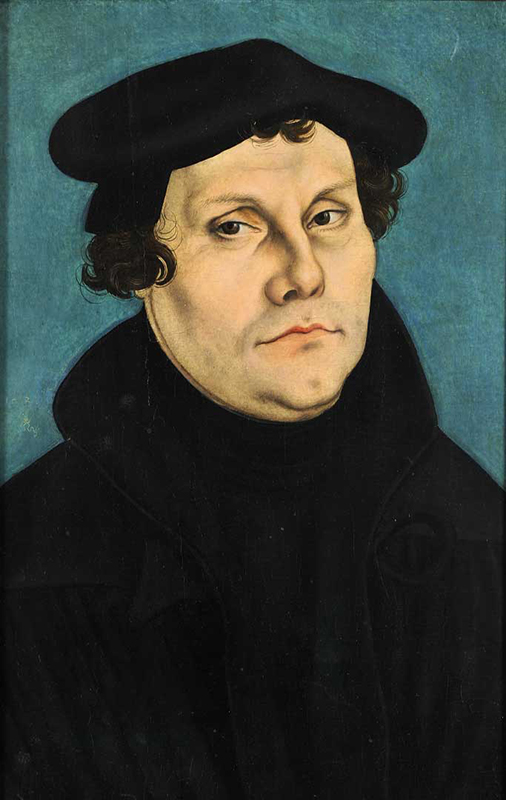
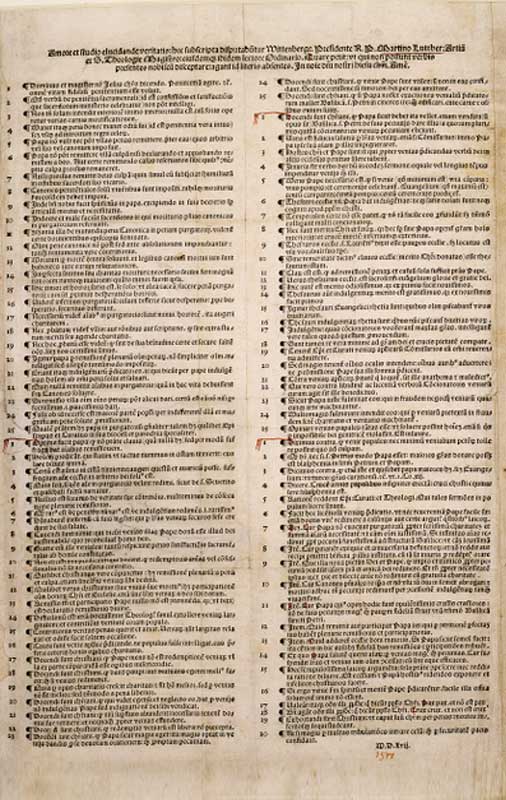
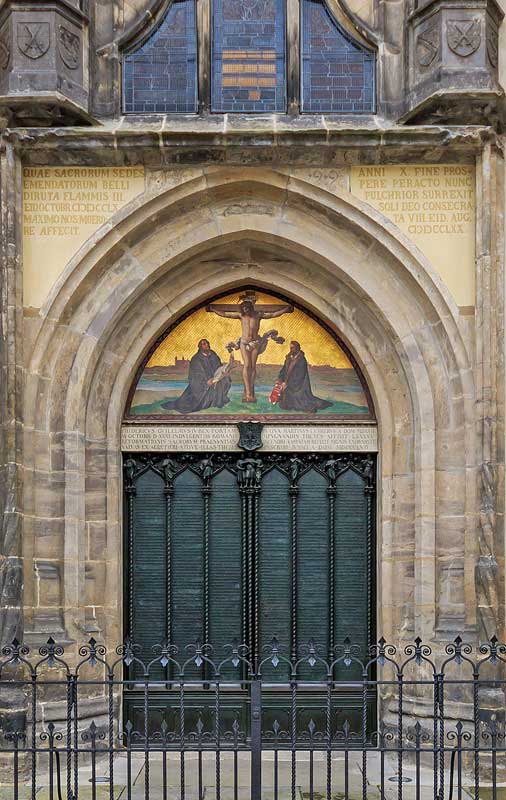
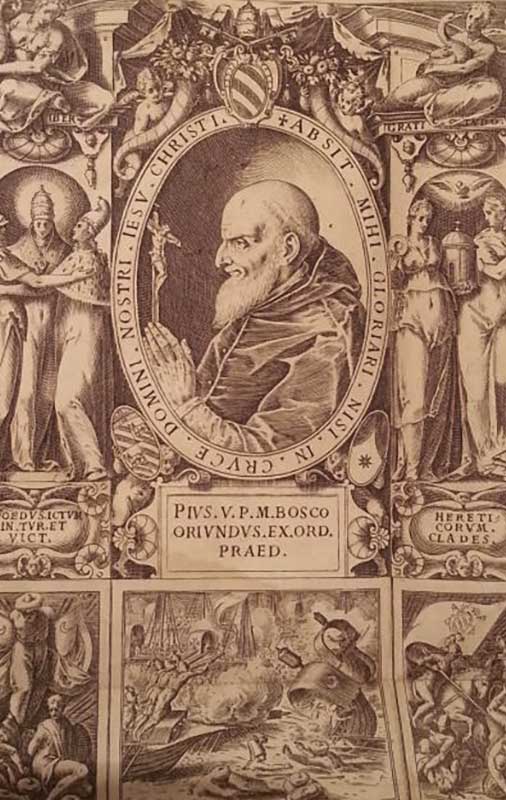
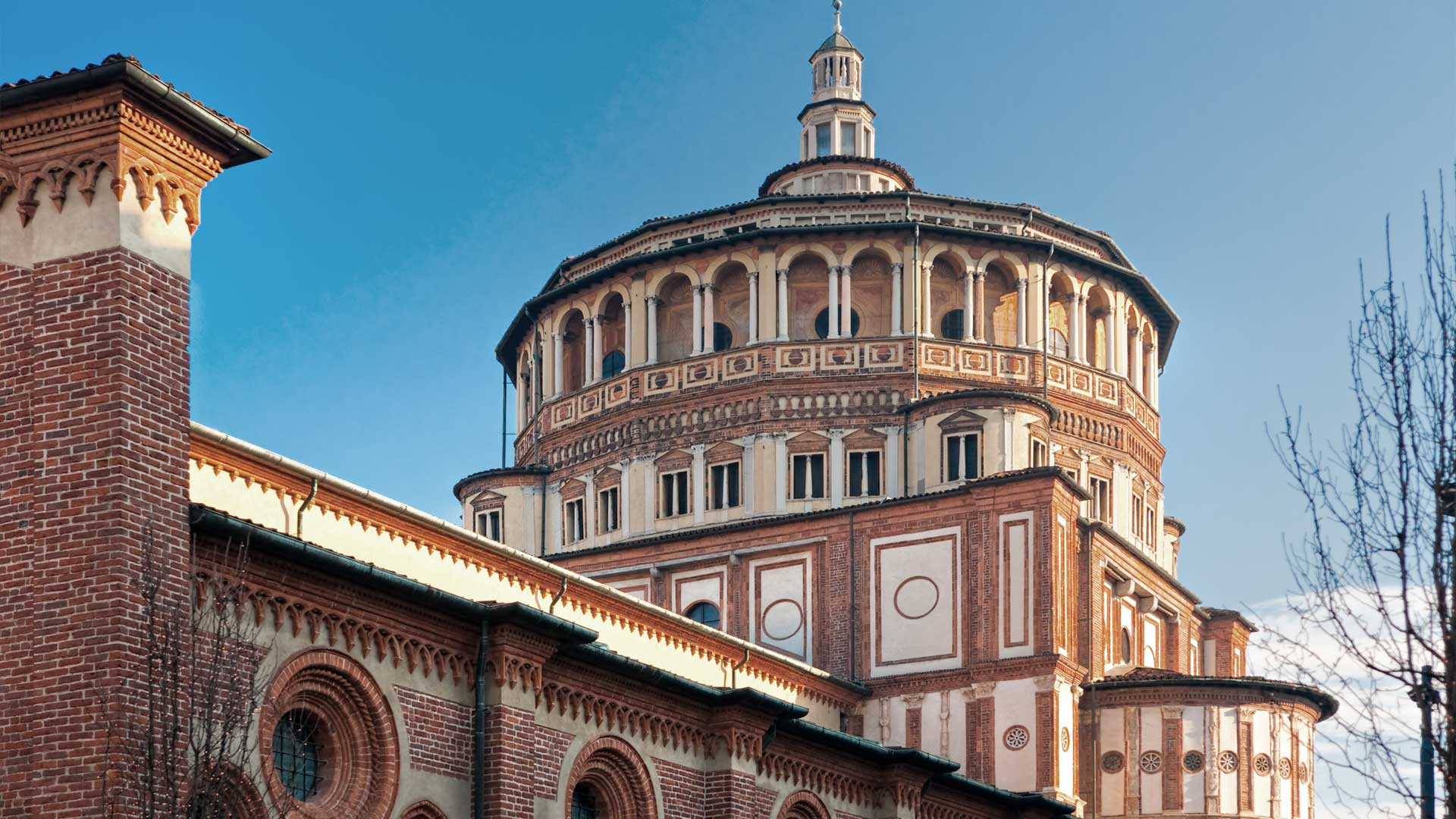
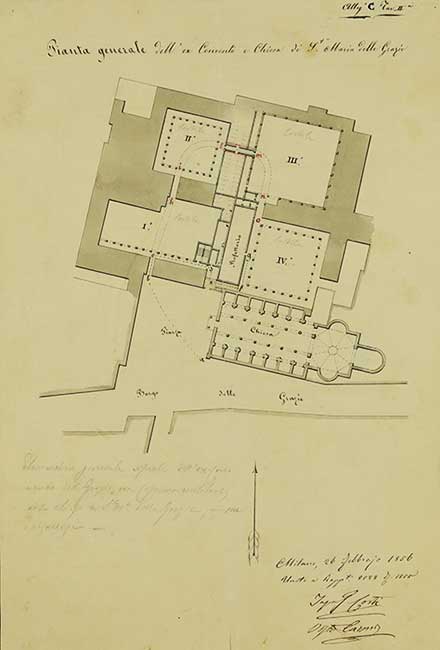
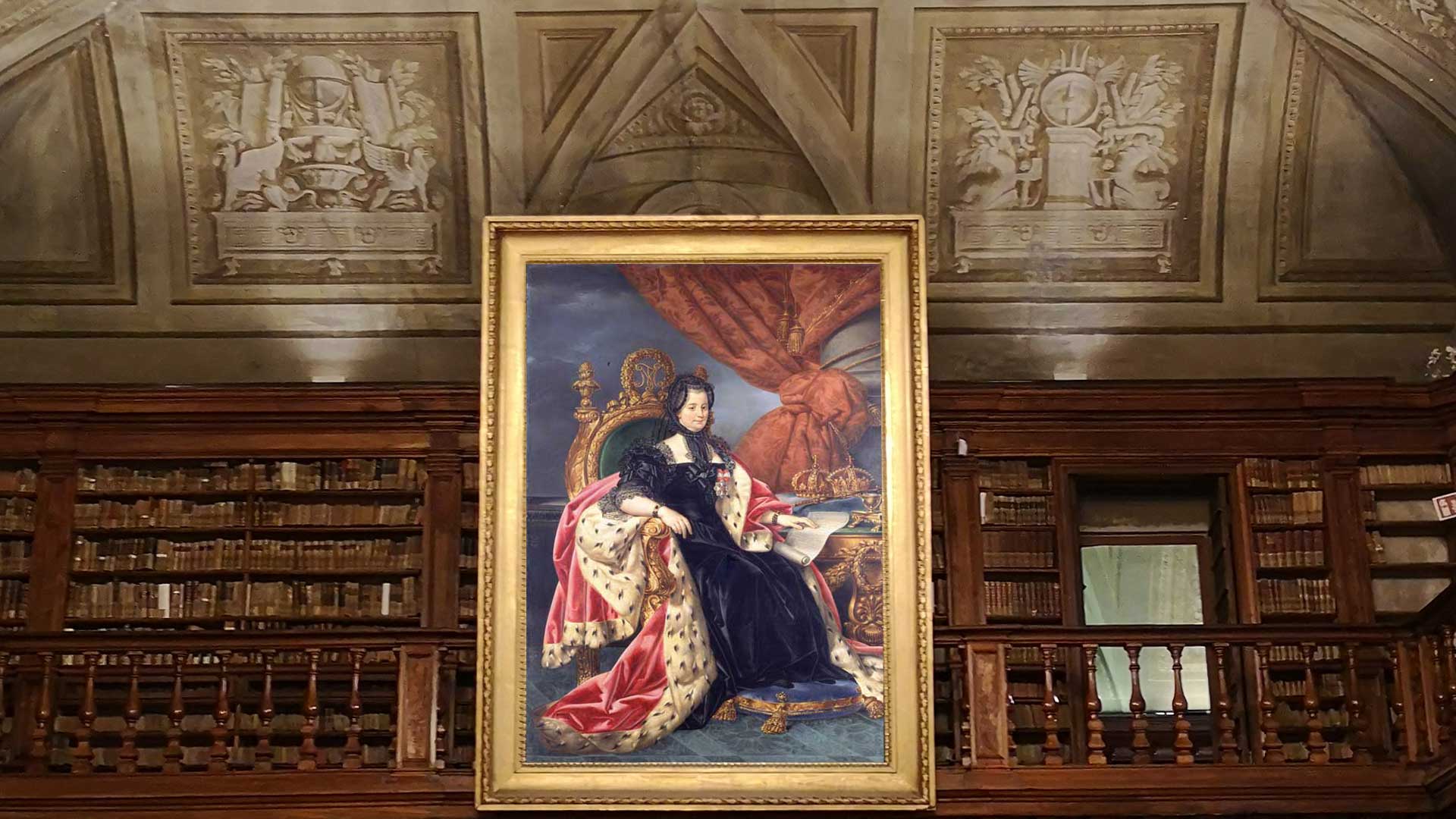
With the death of the last Milanese Inquisitor, Giovanni Francesco Cremona (1779),
the Milan branch was permanently closed down.
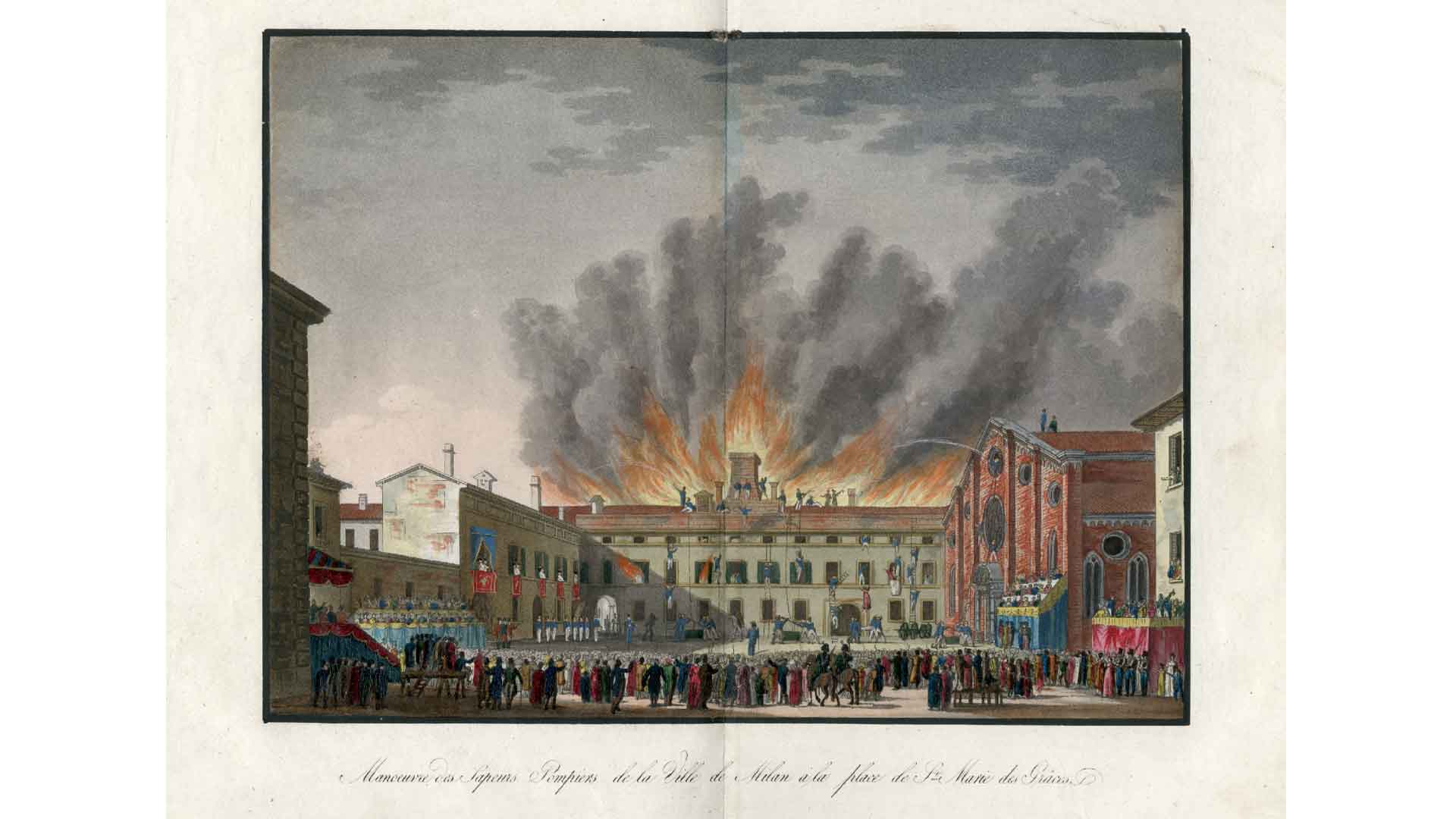
They were partly demolished with the renewal of the architectural complex
in the late 19th century, but parts of the old walls remain with traces of fresco decoration.
Some are also visible in the filter areas giving access to the Refectory.
